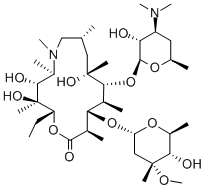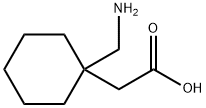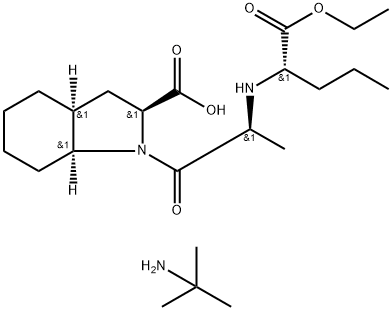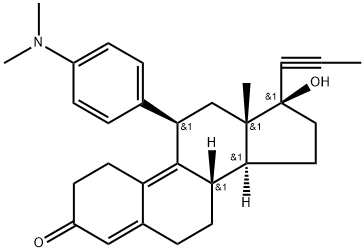Decamethonium Bromide , >98.0%(T) , 541-22-0
Synonym(s):
Decamethylene bis(trimethylammonium bromide);Decane-1,10-bis(trimethylammonium bromide)
CAS NO.:541-22-0
Empirical Formula: C16H38Br2N2
Molecular Weight: 418.29
MDL number: MFCD00011779
EINECS: 208-772-2
| Pack Size | Price | Stock | Quantity |
| 1G | RMB63.20 | In Stock |
|
| 5G | RMB215.20 | In Stock |
|
| 25G | RMB719.20 | In Stock |
|
| others | Enquire |
PRODUCT Properties
| Melting point: | 263-267 °C(lit.) |
| storage temp. | Inert atmosphere,Room Temperature |
| solubility | DMF: 2 mg/ml; DMSO: 16 mg/ml; Ethanol: 33 mg/ml; PBS (pH 7.2): 5 mg/ml |
| form | crystalline |
| color | off-white |
| Water Solubility | almost transparency |
| λmax | λ: 240 nm Amax: 0.04 λ: 250 nm Amax: 0.03 λ: 260 nm Amax: 0.02 λ: 500 nm Amax: 0.02 |
| Merck | 14,2847 |
| BRN | 3728288 |
| Stability: | Stable. Incompatible with strong oxidizing agents. |
| CAS DataBase Reference | 541-22-0(CAS DataBase Reference) |
| EPA Substance Registry System | Decamethonium dibromide (541-22-0) |
Description and Uses
Decamethonium is a depolarizing neuromuscular blocking agent. It is a partial agonist of muscle-type nicotinic acetylcholine receptors (nAChRs). Decamethonium activates α1β1-containing adult mouse muscle-type nAChRs expressed in X. laevis oocytes with an EC50 value of 40 μM using voltage clamp electrophysiology. It is also a nondepolarizing antagonist of neuronal-type nAChRs, inhibiting mouse α7-, α3β2-, α3β4-, and α4β2-containing receptors with IC50 values of 7.4, 405, 28, and 59 μM, respectively. Decamethonoium is a competitive antagonist of α4β2-containing nAChRs expressed in SH-EP1 cells (IC50 = 52 μM for the human receptor). It also inhibits electric eel acetylcholinesterase (AChE) and blocks electrically-evoked tibialis muscle twitches in anesthetized cats with ED95 values of 35 and 70 μg/kg for cats under chloralose and ether anesthesia, respectively. Formulations containing decamethonium have been used to induce paralysis during anesthesia.
antipsychotic
Safety
| Symbol(GHS) |  GHS06 |
| Signal word | Danger |
| Hazard statements | H301-H315-H319-H335 |
| Precautionary statements | P261-P301+P310-P305+P351+P338 |
| Hazard Codes | T |
| Risk Statements | 25-36/37/38 |
| Safety Statements | 26-45 |
| RIDADR | UN 2811 6.1/PG 3 |
| WGK Germany | 3 |
| RTECS | BP5950000 |
| F | 3-10 |
| HS Code | 2923.90.0100 |
| HazardClass | 6.1(b) |
| PackingGroup | III |
| Toxicity | LD50 oral in mouse: 190mg/kg |





